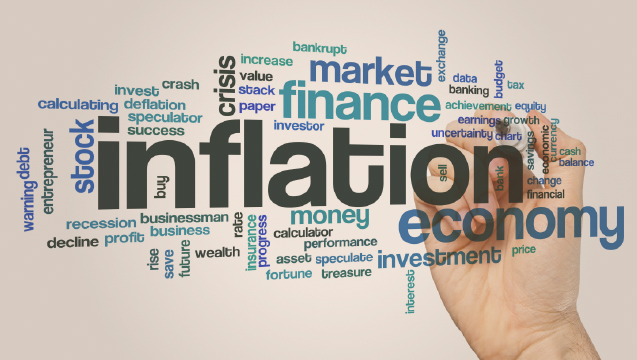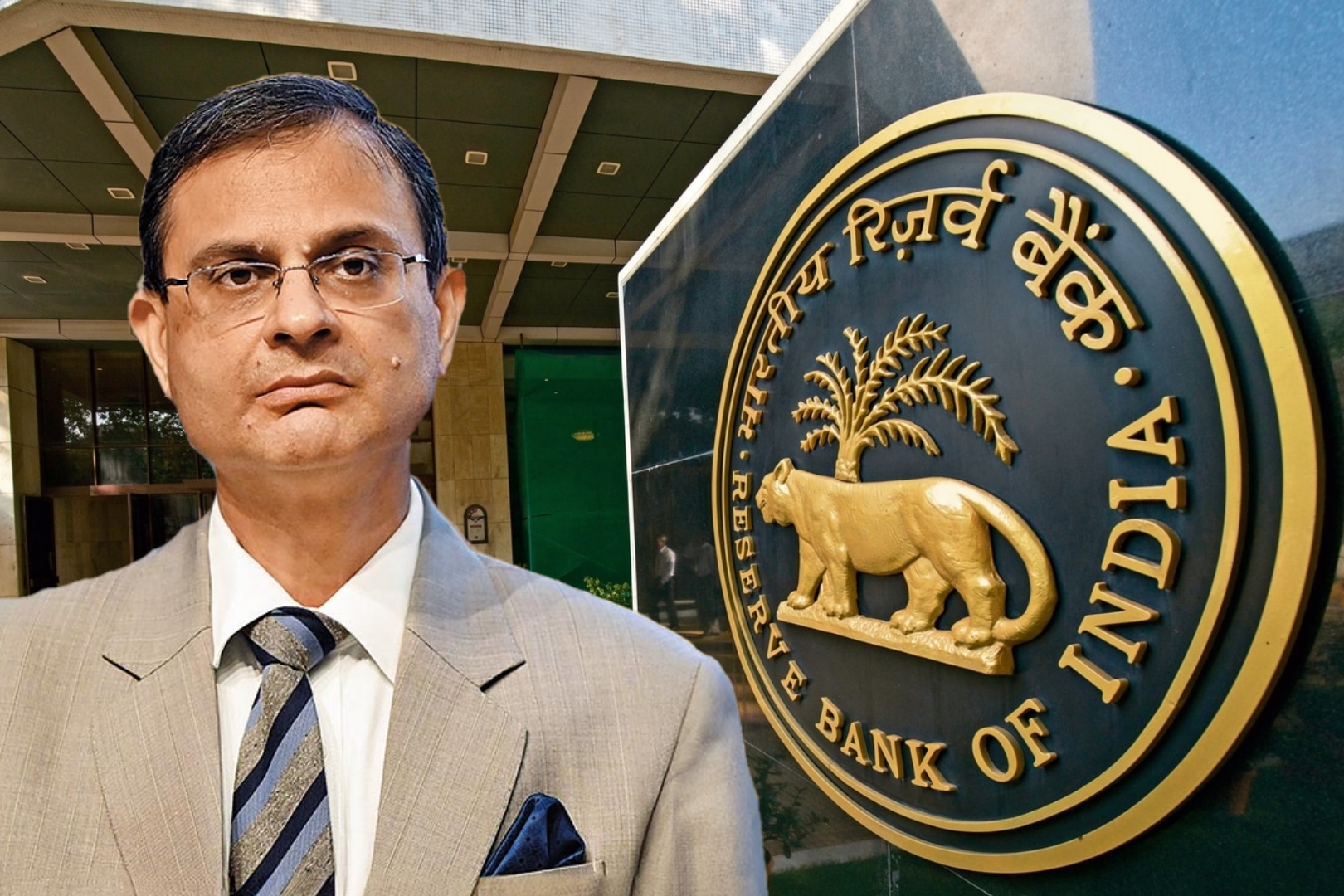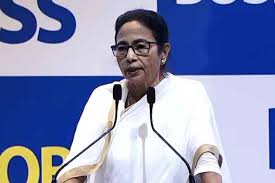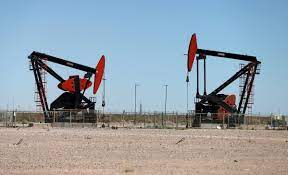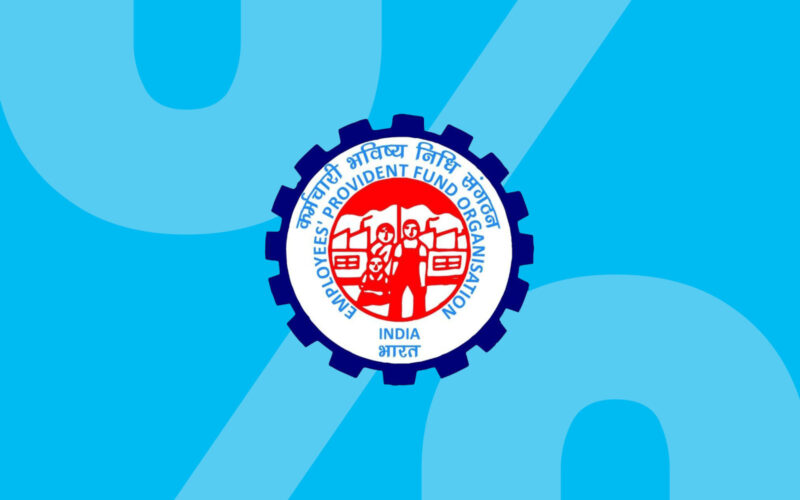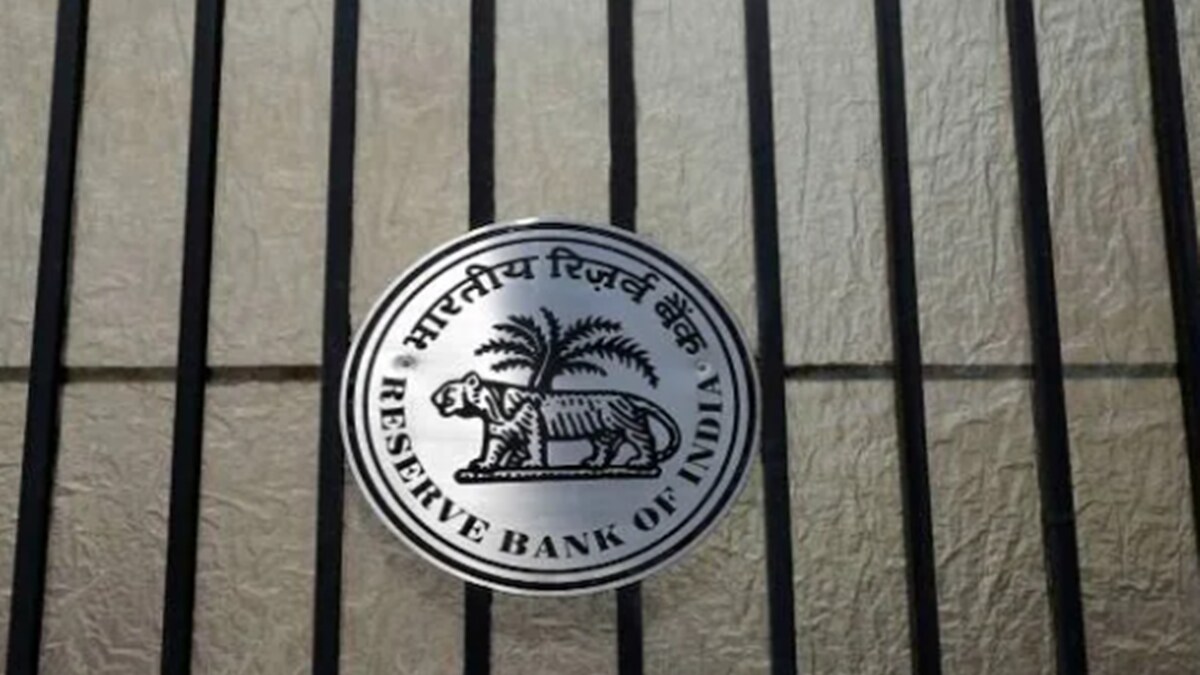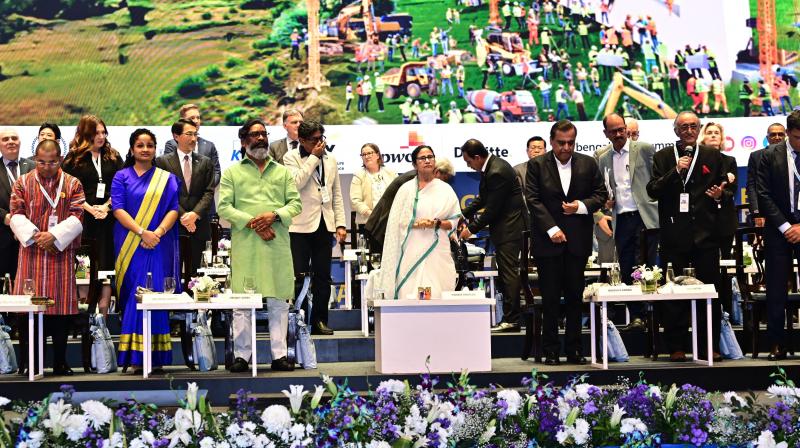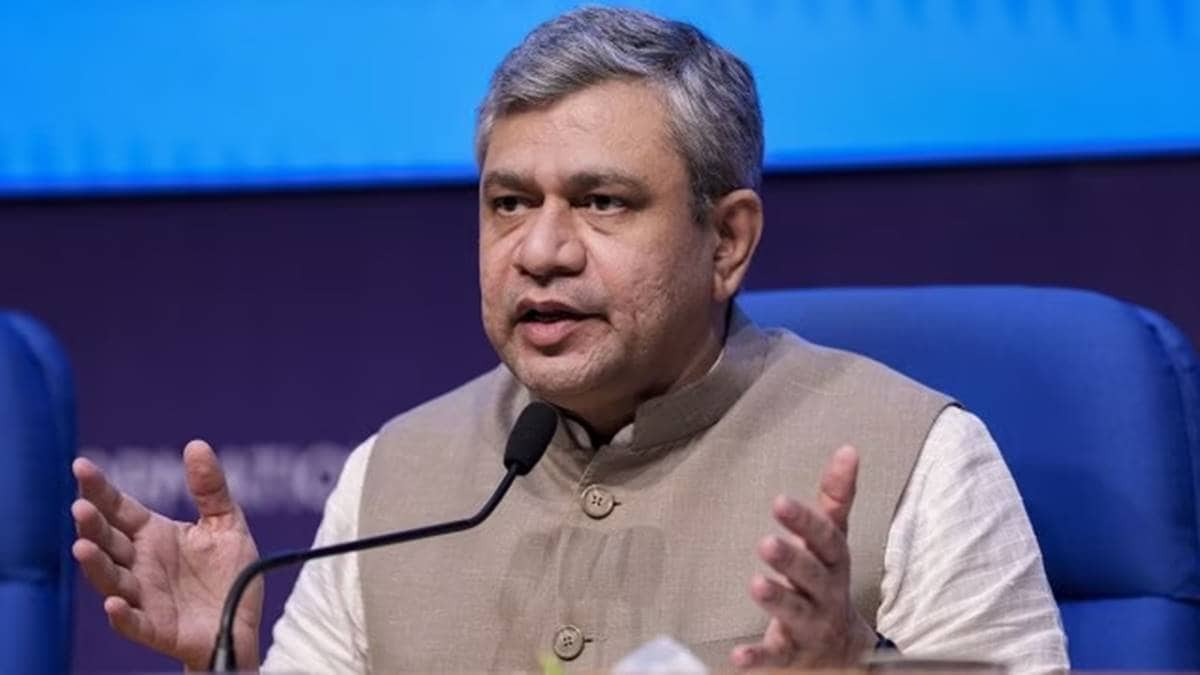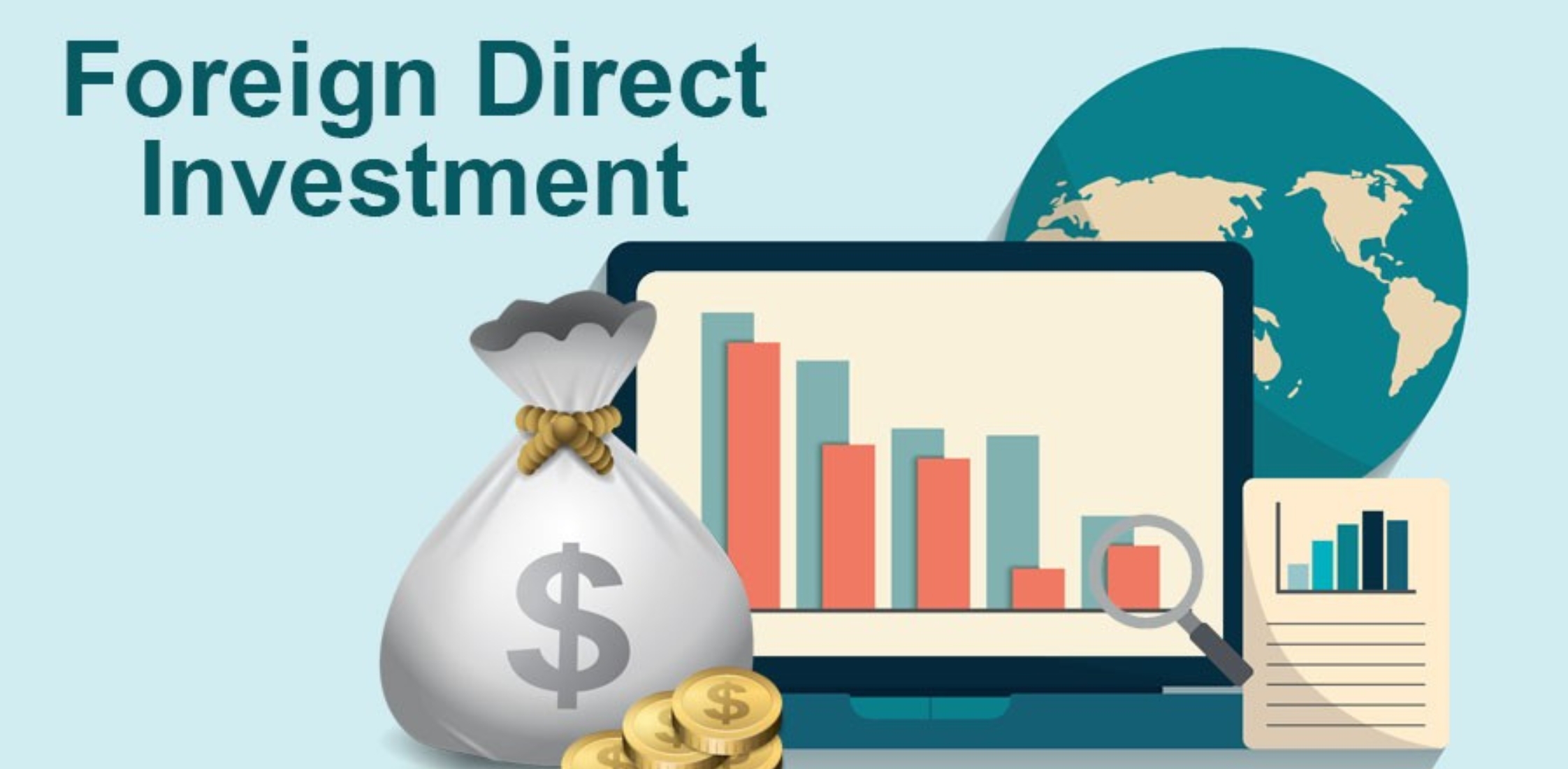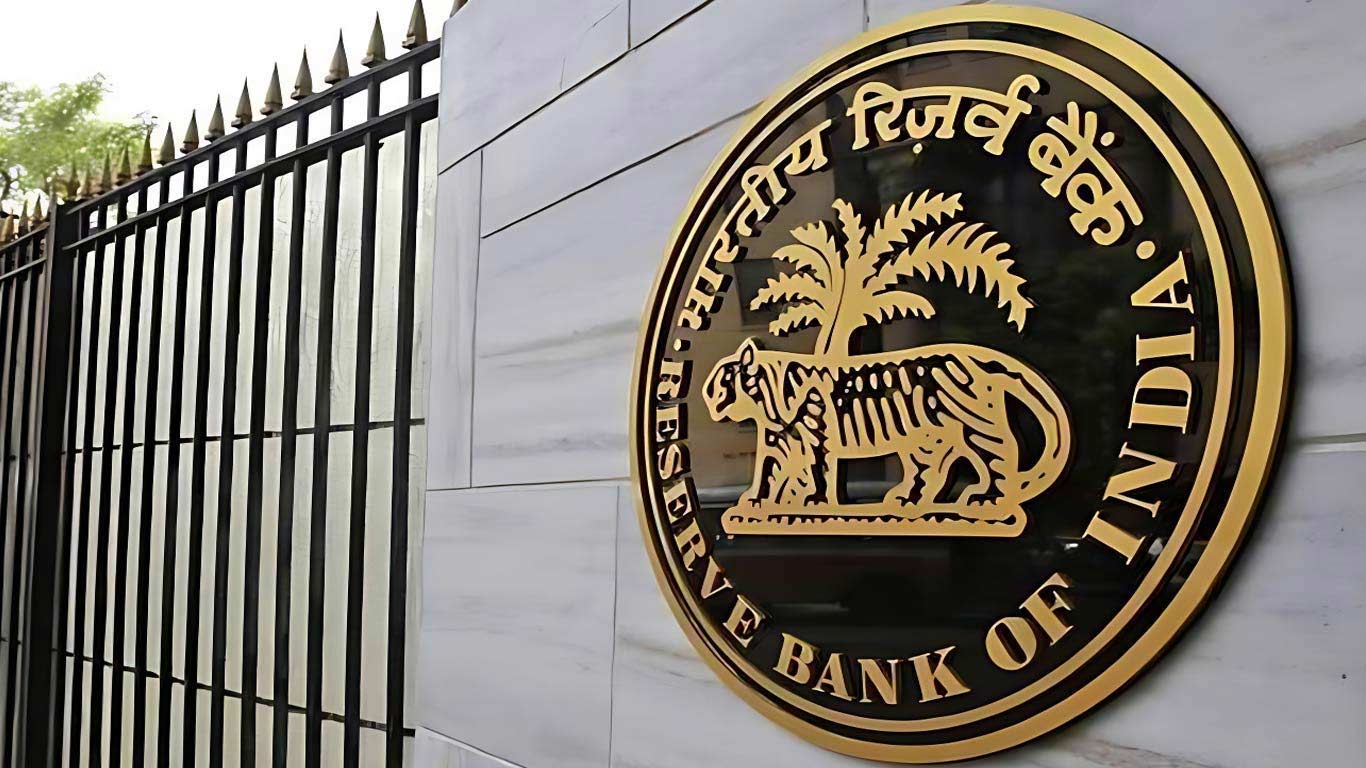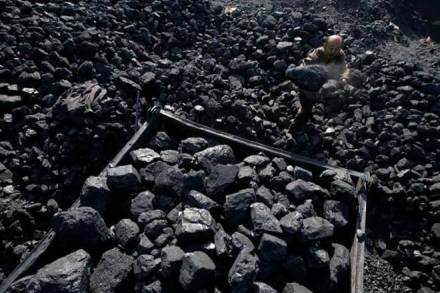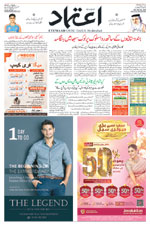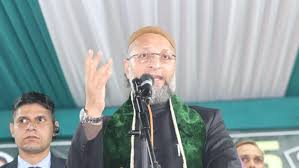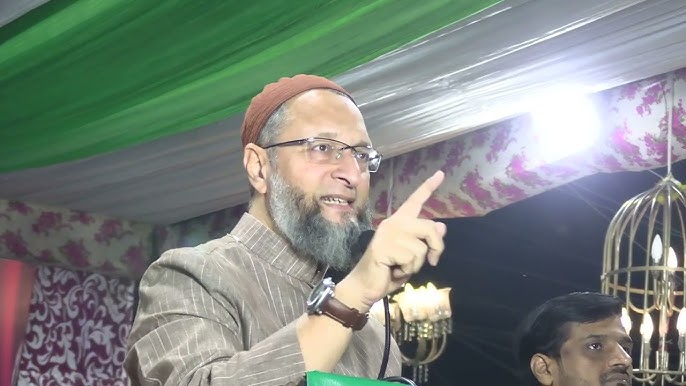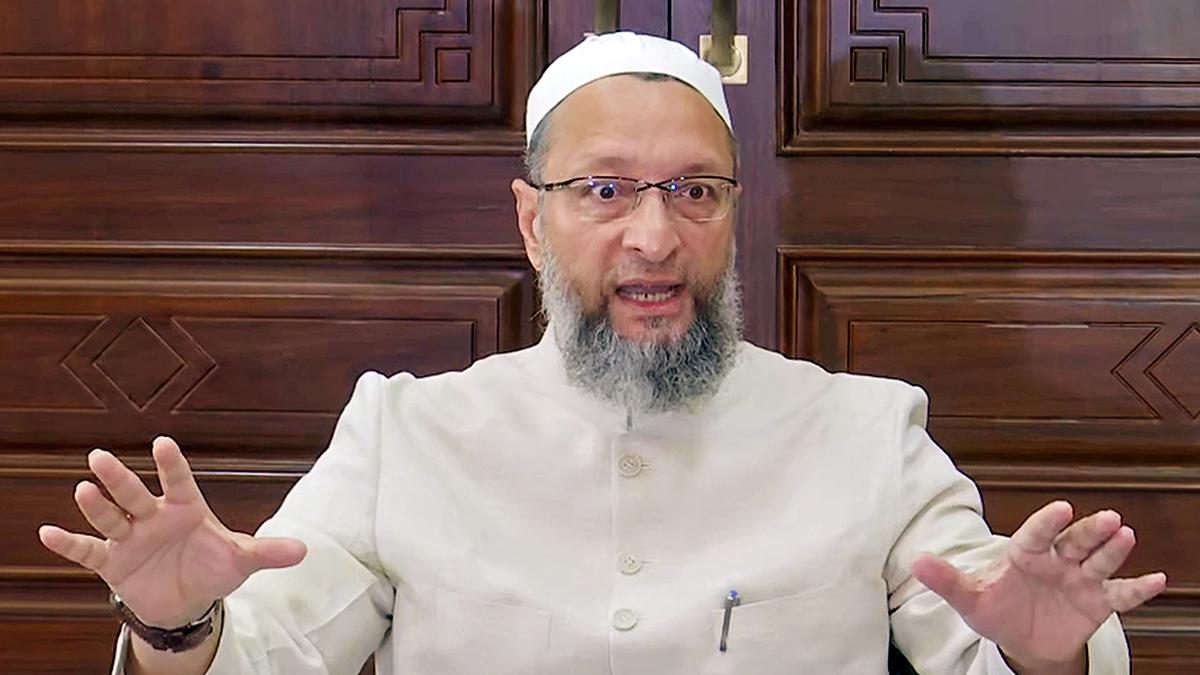RBI rate hike to avoid drifting away from inflation mandate: Urjit Patel
Thu 02 Aug 2018, 11:05:22
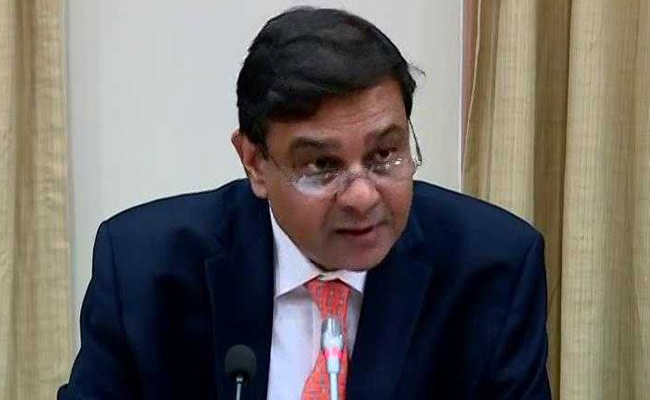
Mumbai: RBI Governor Urjit Patel yesterday said the second 25 bps rate hike in as many months is to ensure that the Reserve Bank doesn't drift away from its 4-per cent inflation mandate and keeps moving towards the target on sustainable basis.
Listing out a rash of headwinds -- higher risks to inflation driven by domestic and external factors, trade wars which are slipping into a "currency war now", uneven global growth and spiralling crude prices -- RBI hiked the short-term policy rates or repo rate by a quarter of a percentage point to 6.5 per cent.
RBI bit the bullet for the first time since January 28, 2014 -- when rates were hiked to 8 per cent -- during the June 6 policy this year by hiking rate to 6.25 per cent from 6.
In the subsequent years, it had cut the rates on six occasions. In its last revision, on August 2, 2017, rates were cut by 25 basis points to 6 per cent.
Following the second hike today, the BSE Sensex slipped from record high to ends 84.96 points lower at 37,521.62. Anticipating firming of interest rate, SBI has raised fixed deposit rate by up to 0.1 per cent.
Other banks are also likely to firm up lending rates making loans costlier for borrowers.
The over-5-page policy statement said however that almost all these headwinds are "evenly balanced". It even marginally revised downwards the central bank's as well as the Monetary Policy Committee's (MPC) inflation forecast for the first half of 2018-19.
SBI chairman Rajnish Kumar said the move "is a clear desire to frontload the rate hike cycle. Simultaneously, the decision to keep the stance in neutral mode indicates RBI willingness to be flexible and accommodative with global growth continuing to be uncertain."
Patel noted that for several months headline inflation has breached the 4 per cent target and that it's high time that the Parliamentary mandate is achieved on a durable basis.
He told reporters at the customary post-policy presser that "the main reason for changing the policy rate is to ensure that on a durable basis we come to and maintain the 4 per cent target".
He said: "We have been away from the 4 per cent number for a several months now and we took two steps -- in June and in August -- to maximise our chances that we don't drift away from 4 per cent and in fact we move towards 4 per cent on a durable basis.
Defending his neutral stance despite the hikes, Patel said: "So, it is based on the objective that has been given to us, data prints and our projections going forward."
RBI reiterated that it will strive to support growth and tie headline inflation down at the 4 per cent mandate with 2 per cent aberrations both sides.
Patel said: "Many of these risks are on both sides and that is why we have said these projections are against the backdrop of
balanced risks."
balanced risks."
Admitting that core inflation has even crossed the maximum tolerance level of the mandated 6 per cent mark, he said: "There is a fair bit of uncertainty around the CPI prints going forward and therefore it is important that we kept our options open, depending on the prints coming over the next few months.
"We have emphasised that we'd need to monitor domestic inflation very carefully. For these two reasons the stance is retained at neutral and the risks around the projection are balanced."
Warning that the world is entering a currency war, which has been spawned by the trade wars between the three largest economies, Patel noted that the turbulence facing the global economy is likely to continue.
"Trade wars have evolved into tariff wars and now we are possibly at the beginning of currency wars. Given this we have to ensure that we run a tight ship and we maximise our chances of ensuring macroeconomic stability and ensure a 7-7.5 per cent growth going forward.
Hiking the rates, RBI cited various concerns to inflation like volatile crude price, uncertainty in global financial markets, hardening of input prices for corporates, uneven distribution of the rainfalls, possible fiscal slippages and rise in MSP on foodgrain and HRA hike for government staff among others.
On inflation, RBI said, it is projected at 4.6 per cent in second quarter, and 4.8 per cent in the second half of 2018-19. Excluding the HRA impact, retail inflation is projected at 4.4 per cent in Q2, and 4.7-4.8 per cent in H2 (second half of current fiscal). In last review, FY19 inflation was projected at 4.8-4.9 per cent in H1 and 4.7 per cent in H2, including HRA impact for central government employees, with risks tilted to the upside.
Describing the impact of the steep MSP hike something very challenging to assess properly, deputy governor Viral Acharya said:
"What is known as of now is that the increase for khariff crops is much larger than the average increase seen in the past few years."
Such increases operate through multiple channels in affecting inflation as there is a direct impact on the prices of the targeted food items, he said.
He added that there could be related price adjustments within the food basket, there could be impact on rural wages and there could be generalisation of all these through inflation expectations.
"It is important to note that a part of the announced MSP is already built into our baseline projections as of two months ago because that is the average increase you are seeing year after year. So, its only the incremental impact that needs to be factored in now. So, while there is considerable uncertainty, we have looked at all the available information and what we think is a reasonable estimated" Acharya said.
No Comments For This Post, Be first to write a Comment.
Most viewed from Business
AIMIM News
Delhi Assembly polls: Owaisi leads Padyatra in Okhla
Feb 01, 2025
We reject this Waqf Amendment Bill: Asaduddin Owaisi
Jan 30, 2025
Latest Urdu News
Most Viewed
May 26, 2020
Which political party will win the Delhi Assembly polls to be held on Feb 5?
Latest Videos View All
Like Us
Home
About Us
Advertise With Us
All Polls
Epaper Archives
Privacy Policy
Contact Us
Download Etemaad App
© 2025 Etemaad Daily News, All Rights Reserved.

